- About us
- Support the Gallery
- Venue hire
- Publications
- Research library
- Organisation chart
- Employment
- Contact us
- Make a booking
- Onsite programs
- Online programs
- School visit information
- Learning resources
- Little Darlings
- Professional learning
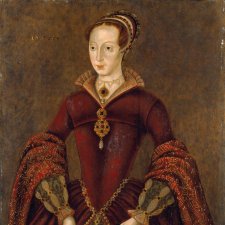
Traversing paint and pixels, Inga Walton examines portraits of select women in Tudors to Windsors: British Royal Portraits.
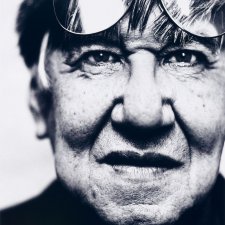
Magda Keaney speaks with Lewis Morley about his photographic career and the major retrospective of his work on display at the NPG.
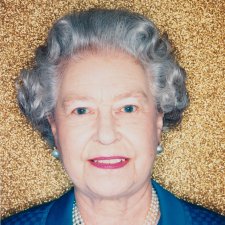
Photographer Polly Borland on capturing Queen Elizabeth II.

Scientists tend to conjure up images of men in white coats in labs but this is just one stereotype in an evolving history of how we have perceived scientists, and how their profession has been understood over the years.
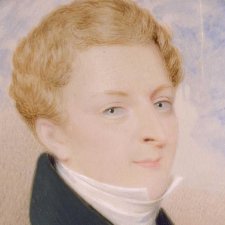
The acquisition of the ivory miniatures of Mortimer and Mrs Lewis.
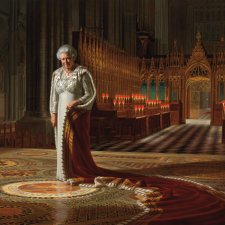
Dr Sarah Engledow tells the story of The Queen’s Diamond Jubilee portrait by Australian artist Ralph Heimans.
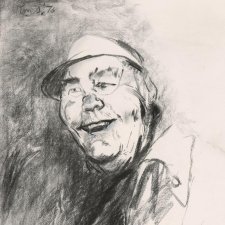
Michael Desmond explores what makes a portrait subject significant.
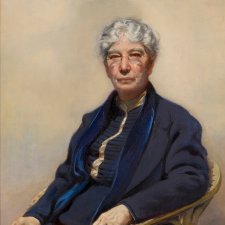
Dr Sarah Engledow explores the portraits of writers held in the National Portrait Gallery's collection.
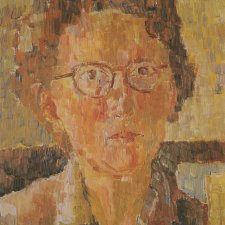
This issue of Portrait Magazine features Grace Cossington Smith, the Fairfax portrait gift and Lewis Morley's photographs.
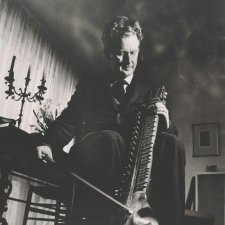
It is not well known that the person who composed the famous theme music for the BBC's Doctor Who series was Australian Ron Grainer.
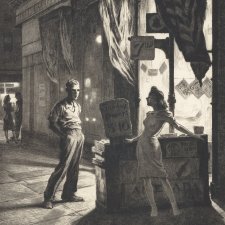
Joanna Gilmour explores the enticing urban shadows cast by artists Martin Lewis and Edward Hopper.

Polly Borland's photograph of The Queen was commissioned by Buckingham Palace as part of a series of high profile celebrations to mark the Golden Jubilee.
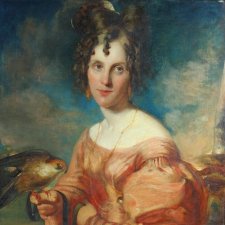
Charting a path from cockatiel to finch, Annette Twyman explores her family portraits and stories.
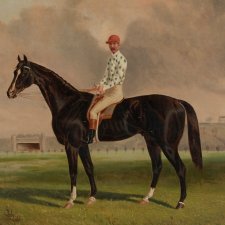
Blue Mountain, Owner, Trainer, Jockey, James Scobie 1887 by Frederick Woodhouse Snr. is a portrait of James Scobie, well known jockey and eminent horse trainer.
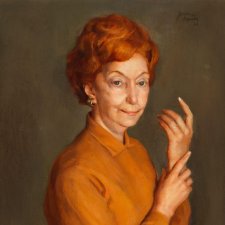
The name of Florence Broadhurst, one of Australia’s most significant wallpaper and textile designers, is now firmly cemented in the canon of Australian art and design.
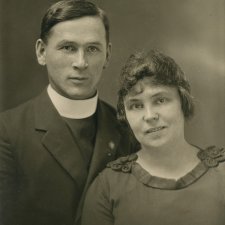
Tamsin Hong recounts the tale of Marion Smith, the only known Australian Indigenous servicewoman of World War One.